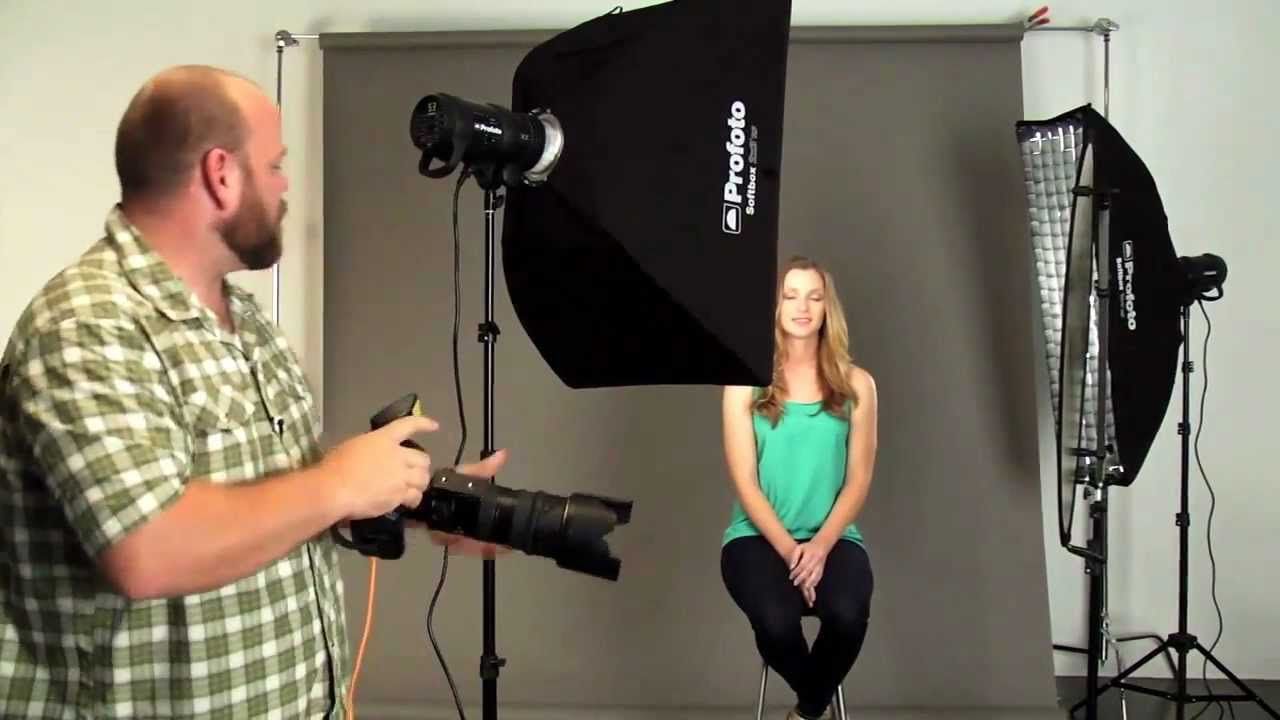I have it very clear. The best method to learn photography, once you have the basic knowledge, is to practice . If you read me often, you will know that "practice makes perfect" is like a mantra for me. And I won't get tired of repeating it as many times as necessary, if I can help you with that. That is why today I have proposed to bring you together in a single article all the photography exercises that I consider a great help for you to improve as a photographer. Ready for training? oh! That you still have a lot to learn before practicing, good point, luckily we have a mega guide prepared for you, an essential guide so that you can learn photography on your own .
WHY IS IT IMPORTANT TO DO PHOTOGRAPHY EXERCISES?
Any discipline requires training and practice to master it. A pianist spends hours at the piano, even though he is a virtuoso of the subject, just like the best sportsman. Hours of training to correct mistakes, polish skills, improve physical or mental shape, are essential! We agree on this, right?
Well, the same thing happens in photography, practicing is not only useful, but necessary. If you really like photography, want to achieve impressive images and advance a little more every day, you have no choice but to do exercises to practice. The camera alone keeps in its bag and raising hollyhocks is not going to make your photos better. If you still have doubts, here we tell you the benefits of practicing with photography.
The type of exercises you do will depend on the moment, your needs or the photography you want to do. For this reason, in this mega guide today I am going to leave you exercises of a very diverse nature. So that you can organize yourself as you prefer without running out of ideas. Although listen (rather, read) my next recommendation. IT'S VERY IMPORTANT!!
SET A CALENDAR
My IMPORTANT advice is to mark a calendar. Practicing requires an effort and sometimes well... it's lazy, yes, I've experienced it firsthand. But when you have set goals, everything is easier, I assure you, either because you have made a commitment to yourself or because you don't have to think every time "And what exercise do I do today?" (ahem… double laziness, right?). The reality is that our mind tends to meet dates, without them we are more procrastinating, that is, leaving things for tomorrow. A deadline is a challenge and a willingness to finish the task within that time frame.
You will only have to make a small effort the first time to plan an exercise calendar and from there... to train! The commitment is with you, do not fail!

Attention, set realistic goals!! Do not come up with setting a tight schedule that you will not comply with later and only serves to frustrate you more. If you have time to spare, you can always repeat an exercise or advance another on the calendar.
In fact, repeating the exercises is something I highly recommend. Yes, yes, repeat them until they seem like suck , throw or whatever you say in your land, but do them almost with your eyes closed . It will be then when you have really mastered it.
WHERE CAN YOU FIND INSPIRATION?
In addition to all the exercises that I am going to share with you today, there are other ways to find inspiration when practicing photography:
- photo challenges Do you know our Photographs? It's like going to the gym, but to the photographic one. Every week we propose a different theme, we highlight a series of photos and there is also a winning photograph (with a prize, I won't say more!).
- Contests. Winning a contest is the cane!, but it is not the only objective. Entering contests is a way to keep creativity active and practice. So, when you run out of ideas, look for contests and practice the theme or idea that they propose as the theme of the contest. Seriously, these are a great source of inspiration.
- photowalks. These photographic walks are an excellent opportunity to go out and practice your favorite hobby in good company. Learning from others, sharing experiences, discovering other perspectives and new points of view, or giving and receiving constructive opinions, are some of its possibilities. It is an exercise that is priceless. Search your area and, if you can't find it, go ahead and organize one.
- Photography associations. I'm sure there's an association in your area. It does not have to be a big one, as long as it helps you to meet people, carry out activities, meetings, propose challenges, etc., it is worth it to maintain the photographic activity.
GET OUT OF YOUR COMFORT ZONE
Surely you have heard this phrase a lot of times. There are those who think that if you are well why are you going to change anything. The question is… are you okay?! Do you already get the photographs of your life? Are you where you want to be photographically speaking?
If the answer is NO, my friend, getting out of your comfort zone is the only thing that will make you move forward and progress, the only way to bring about the changes in your photos that you need to see. If what you do now doesn't work, you'll have to do something different to get different results, don't you think?

To do this, dare to try new things , to set yourself challenges that you had never considered before, immerse yourself in disciplines that seemed unattainable to you (and that with practice you will end up mastering), because that is the only secret, (in)training and practice . The first is on the blog, the second is up to you.
PHOTOGRAPHY EXERCISES
Now yes, we are going to get fully into all the exercises you can do. Do you have paper and pen? Remember that you can also put this article in favorites ?
PHOTOGRAPHIC COMPOSITION EXERCISES
The composition of a photograph depends on how you place the elements of the scene within the frame. A good composition can save a technically imperfect photo. However, the reverse does not happen, if the composition is deficient, no matter how perfect the image may be at a technical level, it will have nothing to do. It will be boring to satiety. His destination: the trash can.
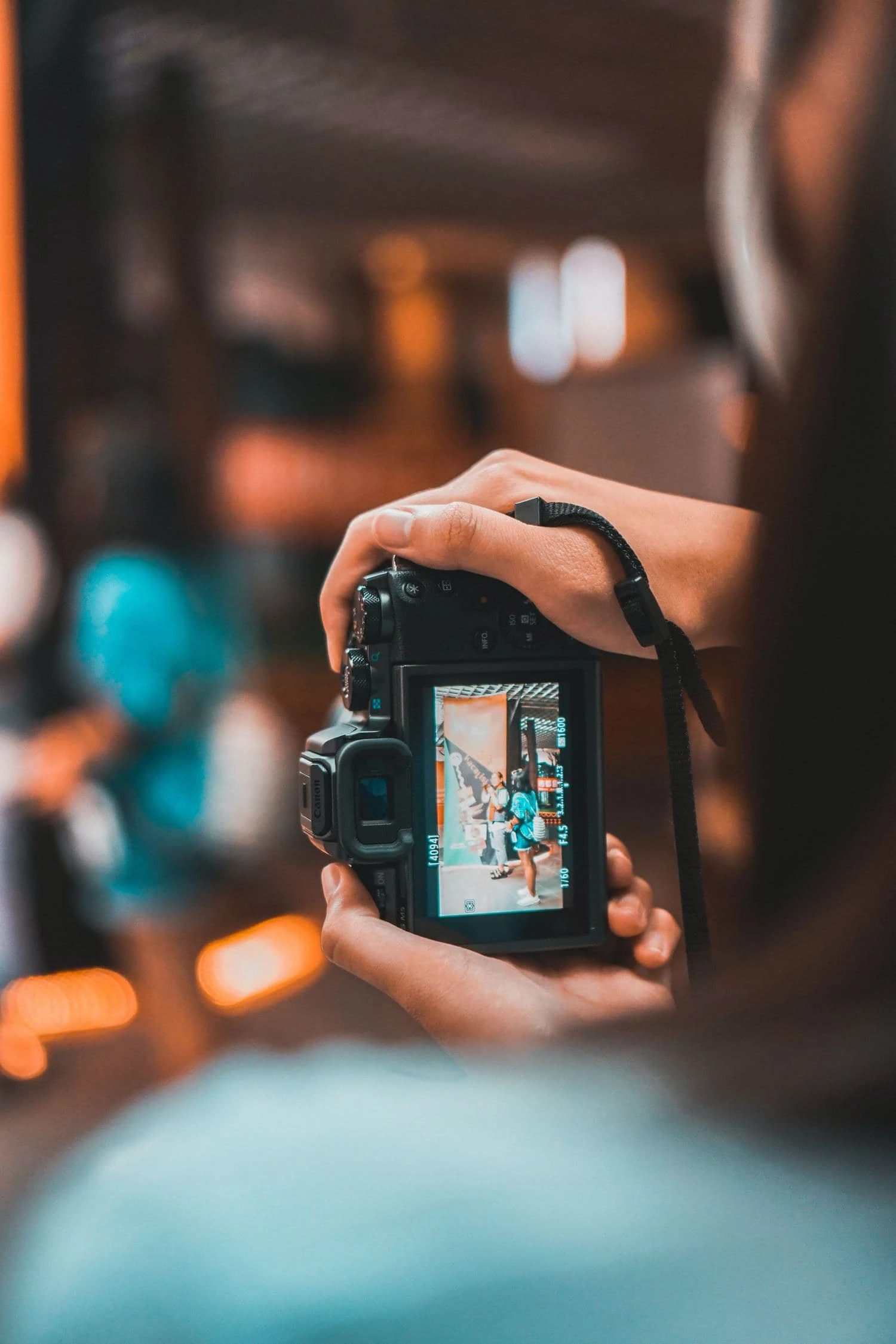
That is why I recommend that you practice with these exercises to improve your photographic compositions and with which I detail below:
- Includes a vanishing point. Photograph it from different heights, see what happens as you get closer to the ground.
- Use one or several lines to guide the gaze to the center of interest.
- Photograph a pattern, that is, an element that repeats itself rhythmically.
- Photograph a pattern with an element that breaks or interrupts it.
- Take a photograph of a symmetry and then try to include an element that breaks that symmetry.
- Look for a composition through a reflection that includes several layers or stories.
- Break one or more photographic rules intentionally, with a criterion.
- Photograph the same scene with different focal lengths.
- Photograph the same object with different focal lengths but moving away and/or closer to try to make it the same size in the different images.
To master color in your photographic compositions, I also advise you to practice with these proposed exercises:
- Take a photograph in which there is chromatic harmony.
- Look for a scene with contrast by two complementary colors.
- Take one photo with warm colors and one with cool colors.
- Take a photograph that includes an element of red.
If you're starting from scratch, you might first want to know the 10 golden rules of photographic composition . And if you still want more, here are 100 quick tips to master composition.
PHOTOGRAPHIC LIGHTING EXERCISES
Objects change their appearance depending on how light hits them or where it comes from. A hard light is not the same as a diffused light. It is not the same whether it is a front light or a side light.
Listen, it is important that you understand this well before moving forward, because it will help you to know when and how you have to photograph your subjects depending on what you want to convey or what you want to highlight from them.
Some exercises you can do to understand the behavior of light:
- Photograph the same object first in diffused light and then in hard light .
- Illuminate the same object from different directions and take a photograph of each of these situations.
- Photograph an object or motif with or without a reflector. This can be any white or reflective surface, or a sheet of paper, aluminum foil, etc.
- To take a portrait with the built-in flash, do it again but this time wrap the flash in a white tissue paper or cover it with a white bag.
- Photograph the same object or subject with the same parameters indoors but near the window; then a little further; a third photo a little further still. When you observe what happens, you will have discovered what the inverse square law is. It wasn't that difficult right, because knowing this will save you many photos.
- Photograph the same place at different times of the day.
Do not stop at shooting and that's it, each of these exercises is for you to analyze the result and check how light behaves. Once you master it, everything will be much easier and spectacular. You will see!
EXERCISES TO DEVELOP THE PHOTOGRAPHIC EYE
Some people are born with a photographic gift and come naturally to compositions. The rest of us mortals do not have that luck. The good news is that the photographic eye can be developed and trained. How? Simple: practicing, for example, with these exercises.
PHOTOGRAPHIC EXERCISES TO DO AT HOME
I know, I am aware that sometimes we cannot leave the house, for whatever reason: a pandemic, a cold, a super storm, a baby taking a nap or we just don't feel like it, which also has the right to enjoy home, right?
Should that be a reason for not being able to practice photography? Absolutely! You can do these photographic exercises without leaving home or use these other ideas to practice photography at home .
What's more, did you know that you had the possibility of learning some photographic concepts without leaving your chair with these simulators? either…. (You won't believe this!) Do a search for all these photographic accessories that you already have at home and you don't know and use some of them (or all of them ? ).
EXERCISES FOR URBAN AND STREET PHOTOGRAPHY
If your thing is to walk around the city in search of urban or street photographs, I suggest this series of exercises to overcome fear when photographing on the street .
And it is that fear is what paralyzes us the most when photographing strangers and in public places. That's why some people prefer stolen ones , if you dare, here are some tips and tricks to practice with stolen portraits.
But there is more, these are other exercises that I invite you to do to practice street photography:
- Find a setting to photograph in black and white .
- Find an image that stands out for its colors.
- Photographing someone smoking (a dark background and the right light will help make the smoke stand out).
- Take a high contrast photograph .
- Playing with the reflection of a shop window and passers-by, try to include different scenes or layers in the frame.
- Look for interesting reflections that include different scenes or stories.
- Make an attractive composition including lights and shadows.
- Photograph from or inside a public transport.
- Photograph a silhouette .
- Look for pareidolias , it's fun and stimulates observation skills.
EXERCISES TO CREATE YOUR OWN STYLE
Finding your own style within photography is not easy, but it is not impossible either. It is a path, sometimes longer, sometimes shorter, but it entails a journey after all.
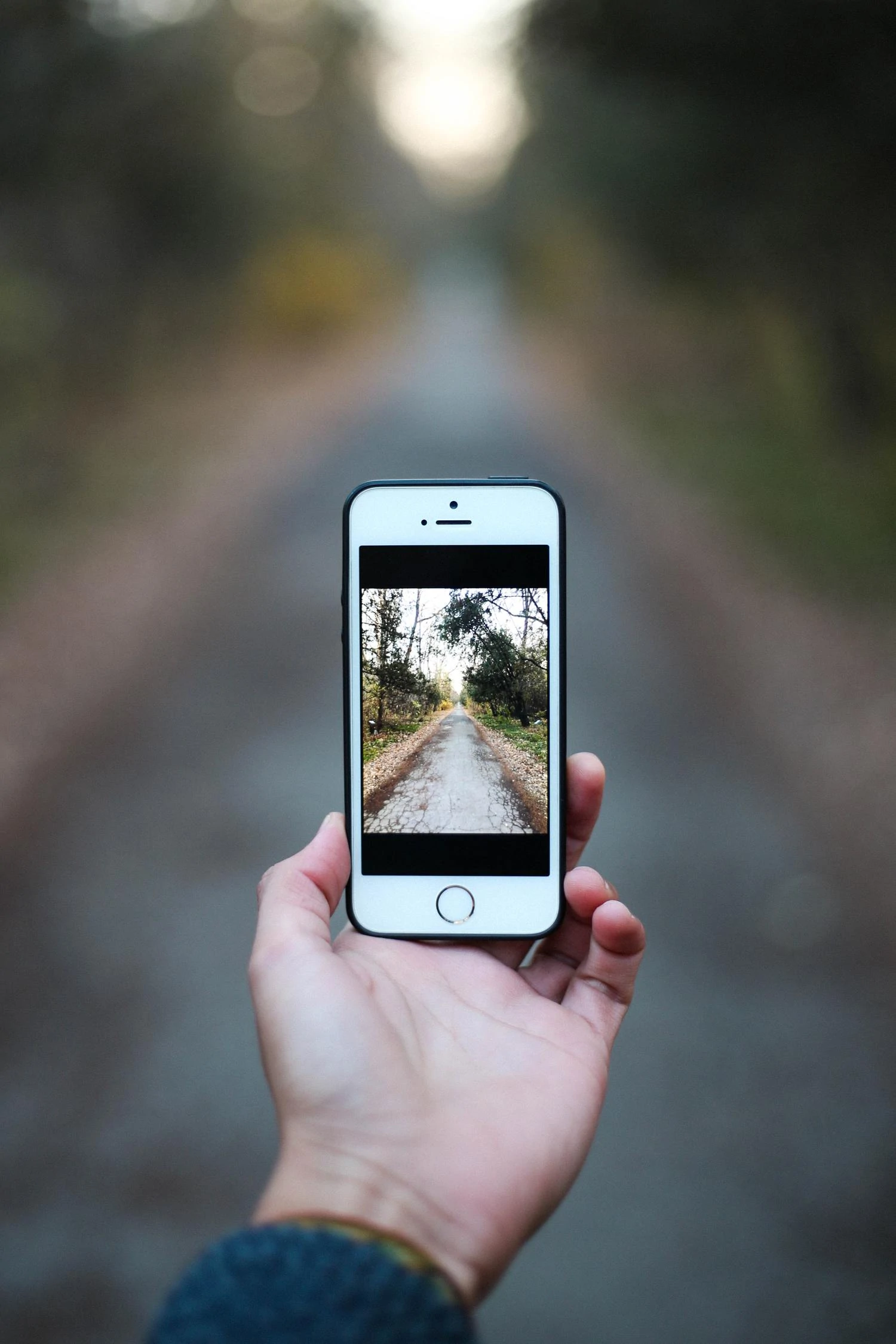
Here are some exercise ideas to find your own style:
- Answer some questions. It may seem too theoretical to you, however, being honest with yourself is an important challenge, which is also necessary. Finding your style requires getting to know yourself more and better. What do you like to photograph the most? What moved you to take what have become your favorite photos? Who are the authors you like the most and what do they have in common? The answers will be the starting point to move forward along the way. This is a friend's advice, look for a notebook, or a piece of paper, and answer these questions by hand, I assure you that writing it is very different from thinking about it.
- Review your photo archive. Observe what is most abundant, what is the type of photography that is repeated the most, what type of photos have the most strength and which ones you identify with the most.
- No copying. Even unlearn photography if necessary, or what is the same, stop imitating or emulating the photographs of others. As much as they inspire you, doing what everyone else is doing will only take you away from your own style and unique look.
How are these exercises going to help you? They will help you define what kind of photographs correspond more to your way of seeing life and photographing it, or what is the same, to your own style. Defining it is the first step, focusing your efforts on this type of photography is the next.
PHOTOGRAPHY EXERCISES TO SPARK CREATIVITY
Are you one of those who believe that creativity depends solely and exclusively on the arrival of the muses? Well, I'm sorry to tell you that you can wait sitting down because they won't come if you don't call them out loud. And in the event that you had the privilege of receiving their visit, if they don't catch you practicing you won't even smell them. They are that whimsical ? .
Creativity, reader friend, wakes up working!!!, that is, practicing in our case. Like any other muscle, you have to train it (if I like to think of it as a muscle because the more you exercise it, the better it performs). Do you want exercises to train creativity ? Here you have a good handful of them:
- Different photographs that you can practice right now .
- Awaken creativity with an object as everyday as a glass .
- Play with the aperture to get creative photos .
- Play with the shutter speed to work creativity .
In closing, I'd like to leave you with a read that will help you get creative photos when you're running out of ideas.

EXERCISES FOR EACH TIME OF THE YEAR
Some times inspire us more than others, like Christmas, for example, for which we propose this series of photographic exercises .
PHOTOGRAPHIC EXERCISES WITH A TRIPOD
If you have a tripod, I am going to propose a series of exercises to familiarize yourself with it, with its possibilities and to practice some slightly more technical photographic skills:
- bracketing
- self portrait
- self portrait with your baby
- Self portrait with your pet
- light painting
- time lapse
- fireworks photography
- Photograph a lightning storm
- Capture the trails of car lights in long exposure
Warning! In the next section you will also find some ideas to practice with the tripod.
LANDSCAPE PHOTOGRAPHY EXERCISES
There are many types of landscapes: natural, urban, different, in black and white, etc., in this mega-guide you can fully delve into landscape photography if you are attracted to this discipline , here what I am going to indicate are some exercises that you can keep practicing for when you have in front of you that landscape that you would never forgive yourself for not having portrayed:
- Capture the silky effect of water .
- Take a panorama .
- Photograph a minimalist landscape.
- Practice manual focus by focusing on the stars.
- Perform exposure bracketing.
- Simulate fog with mist, Vaseline, or a white object in extreme close-up.
PHOTOGRAPHIC EXERCISES WITH THE MOBILE
Not all photography is with SLR, EVIL or similar. Some people really enjoy photographing with their smartphone and it is just as commendable. Remember that it is not the camera who takes the photo, but who presses the button with all the intention behind that small gesture.
You can get just as excited with a mobile phone as with the most professional SLR. But you can't get excited about the most expensive camera in the world if all you do is push the button leaving all the responsibility to the machine. Because... it's a MACHINE! He doesn't have that super human power that you have to get excited and excited!
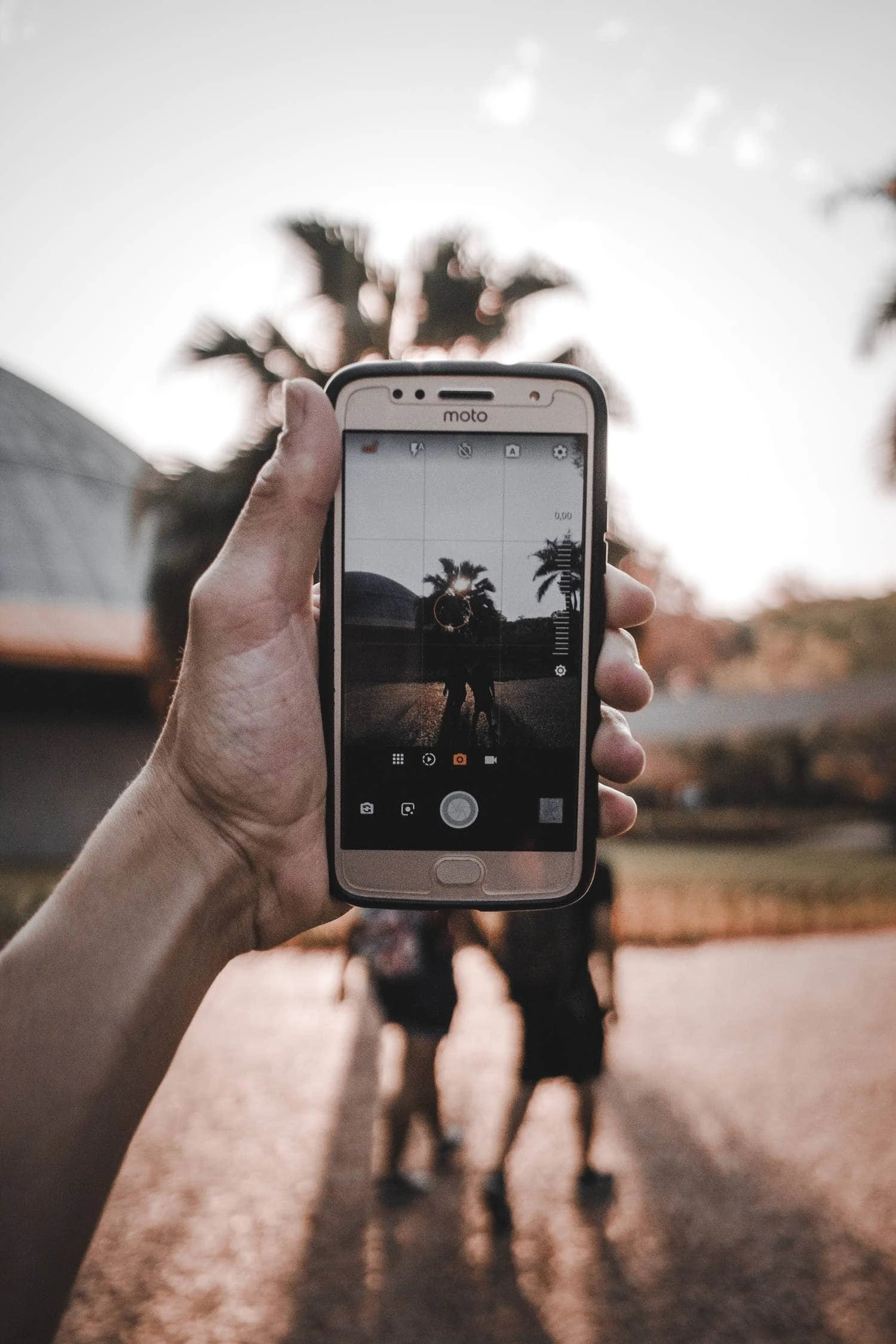
That said, with your mobile camera, in addition to many of the exercises that you will find throughout this mega guide, you can also do these others that we detail step by step in their respective links:
- Clone yourself without the need for an editing program .
- Achieve a perfect panorama with your mobile .
- Make a successful time-lapse .
- Achieve incredible and fun images with the forced perspective .
Apart from these, you should try all the features it offers, shoot in HDR mode and without it, try portrait or night mode if it has it, observe the differences with it and without it, etc. I bet that you have not spent enough time to squeeze the possibilities of your smartphone, am I wrong? Well, the time has come!
PORTRAIT PHOTOGRAPHY EXERCISES
Portrait photography is one of the most practiced disciplines , perhaps one of the main reasons is because of its accessibility, which is why it is also a good resource for practicing photography, for example, with these exercises:
- Different portraits .
- Taking a portrait in hard light .
- Photographing different planes of the same person .
- Practice the poses , either woman's poses or man's poses . In this way, when you are in a session with someone who does not know what to do, you will have resources to save the situation and not go blank.
EXERCISES FOR NATURE PHOTOGRAPHY
Can you imagine that he presented you with a handful of spectacular nature photos and showed you how to do them step by step? She closes her eyes for a second. Wish granted! 18 impressive nature photos that you can take too, what are you waiting for?

EXERCISES TO IMPROVE FOCUS
Getting the focus right sometimes gives you real headaches, right? I know. I also suffered. It is lucky to have the automatic focus of the cameras, the bad thing is that it does not always work as it should or as we would like.
That's why there's nothing better than practicing with manual focus for those situations where autofocus leaves you stranded. My advice to practice is that, at times, when you have time, take the opportunity to focus on any subject or object manually. Don't worry about getting a good photo, at first just worry that what you want to be in focus is in focus. Make sure that this is the case by enlarging the image on the screen, which is deceptive in small, if you don't believe me, take the test ? .
Practice with this exercise until you find it easy to focus the first time. It's a simple exercise, but, answer honestly, how many times have you done it before?
And now, a set of exercises to help you practice focusing:
- Take macro photography , if you don't have a macro lens, turn the one you have .
- Self-portrait .
- Shoot through a glass.
- Shoot with very wide apertures (for example, f/1.4).
Hey! Don't go to practice yet... I have another proposal! Do you know what disassociating focus is? Do you know what single focus point or selective area is? Are you clear when to use simple or continuous approach? If you have answered "No" to at least one of these questions, take a look at this article to solve all your doubts about focus in photography.
To master focusing in any situation it is important to know your camera and its related functions well, so do not hesitate to dust off the instruction manual if necessary. I know, it's a bit awkward, but whoever wants something is difficult, right?
EXERCISES TO IMPROVE PHOTOGRAPHIC TECHNIQUE
Now that you have practiced with the approach, I am going to propose three exercises with which to train, both this aspect and others that are also more technical, do not panic, you know that in the blog we are about making things easy:
- Practice the law of reciprocity , only if you still have a hard time exposing it correctly (the name sounds horrible, but believe me, it's much easier to understand and carry out).
- Same photo with different ISO until reaching the highest values. In this way you will check from what value the noise is visible and so you can decide at any time whether to raise more or not.
- Photographing the smoke, it is not necessary to smoke, we already know that it is not recommended, the incense or a candle is also worth it; P .
- Photograph a drop of water (and without dying of despair, hey).
- Carry out a sweep (and it is not with a broom).
- Practice with the hyperfocal distance (another horrible name that does not do justice to its simple explanation and what it is capable of).
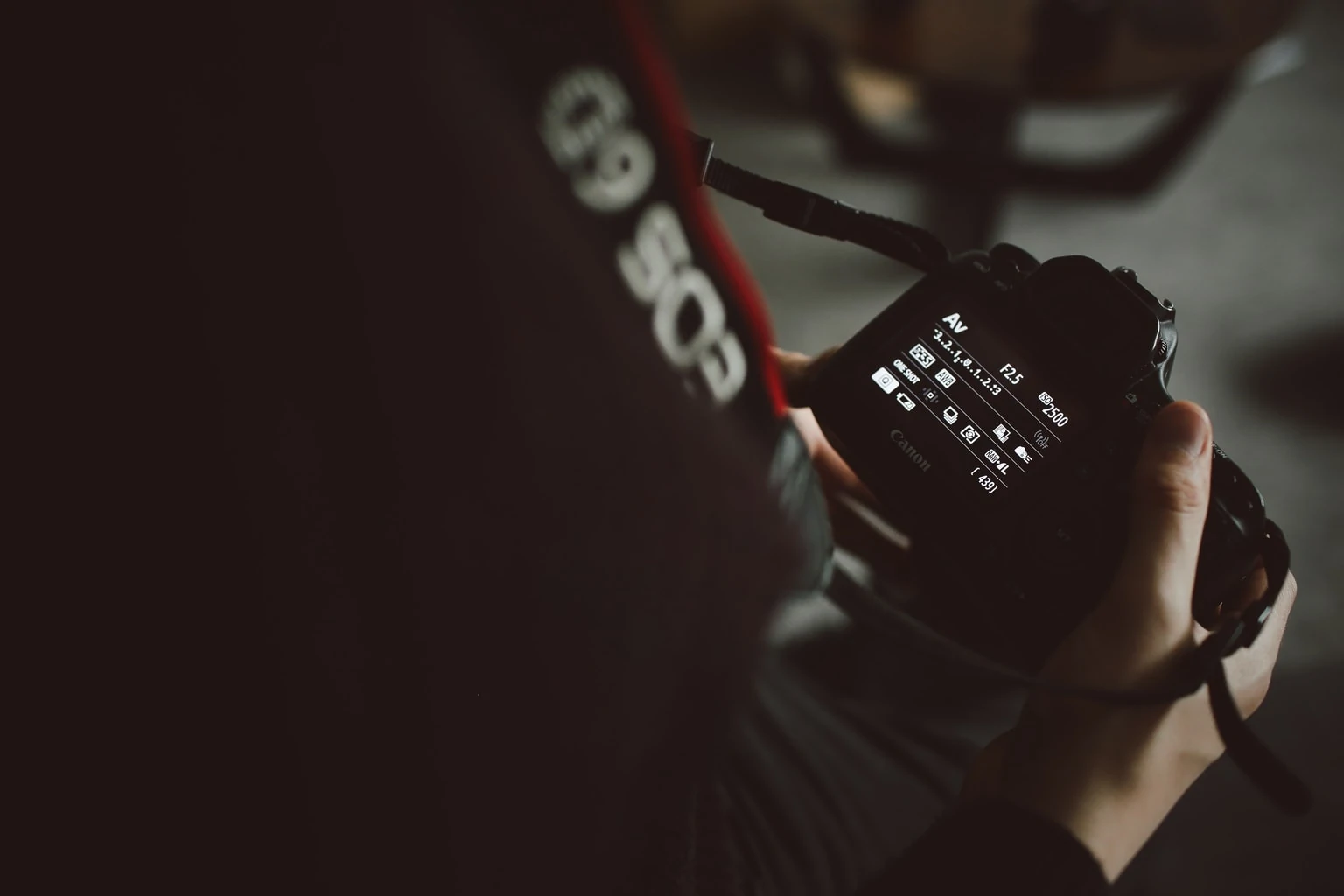
EXERCISES TO IMPROVE AS A PHOTOGRAPHER
All the exercises in this mega guide will help you improve as a photographer, I guarantee that.
However, while the rest are intended to improve a more specific aspect, in this section I am going to share a series of exercises that will help you improve as a photographer on a global level, like the ones you will find in this link.
Or these other (non) photographic exercises that will also help you more than you think.
In addition, you have the possibility of carrying out a personal photographic project. In this article you will find the reasons why it is a good idea to start a project .
If you decide, these are the steps to carry out a project , and avoid falling into the most common mistakes! Ah, of course, not knowing where to start, you lack ideas.
I'm not going to do the trick of closing your eyes again, but you know that I love to make things easy for you, so here are a few ideas for your next photographic project.
PHOTOGRAPHIC PURPOSES
You can call them purposes, exercises or whatever you really want.
If you feel that you are beginning a new stage in your life, a new year, the start of the course, a change of city or any other turning point, it may be a good time to consider these photographic purposes or exercises.
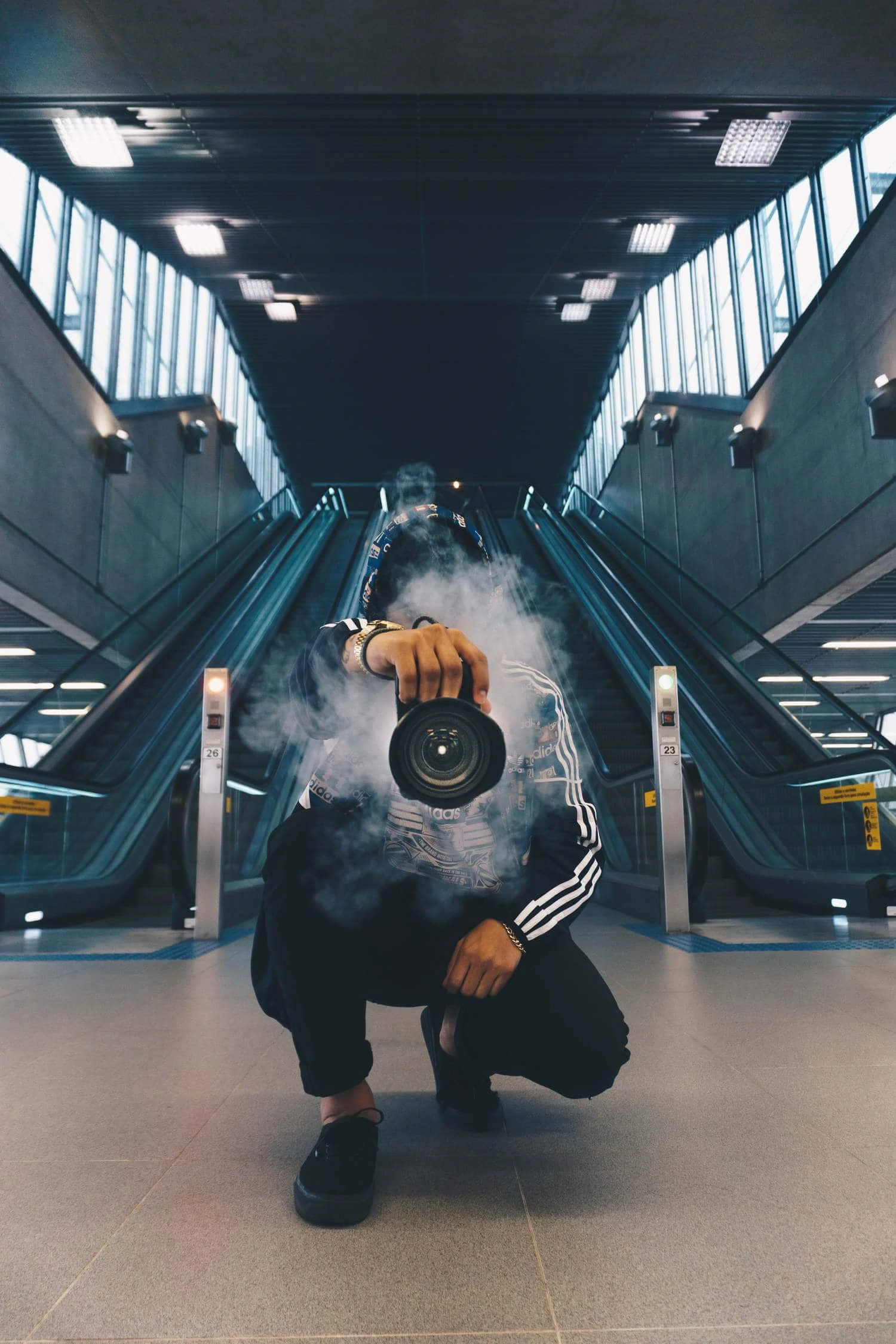
This last batch of proposals is also a good point to close this whole series of exercises that I hope you will be practicing.
I would like you to share in comments how you are doing, which one or which ones you are practicing, if you have gotten stuck, or even if you feel like sharing the results, I/we will love to read you.

